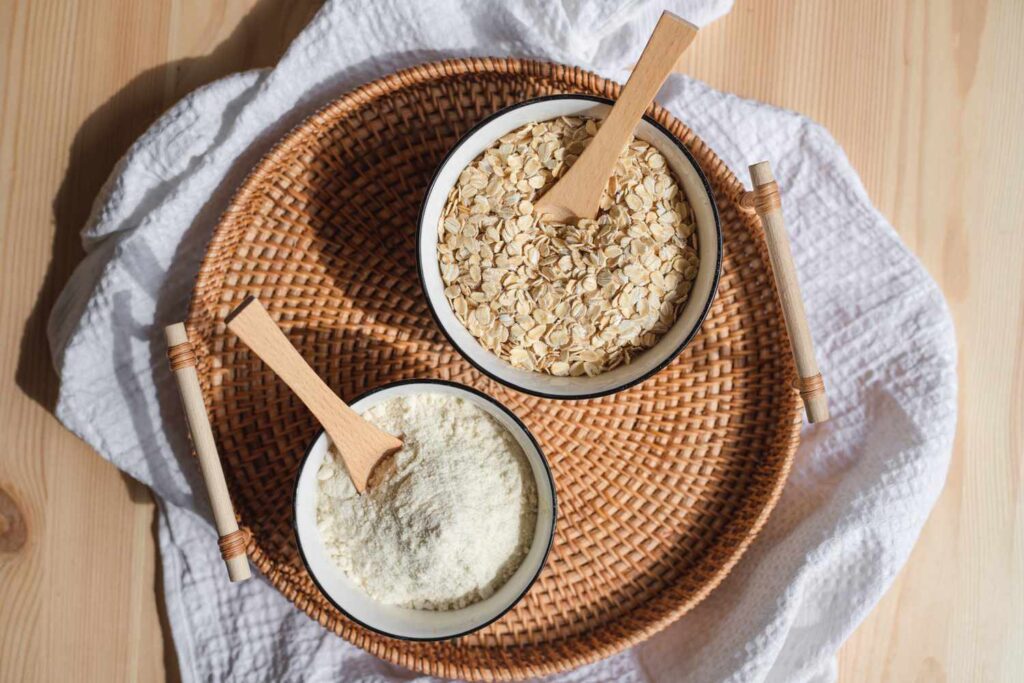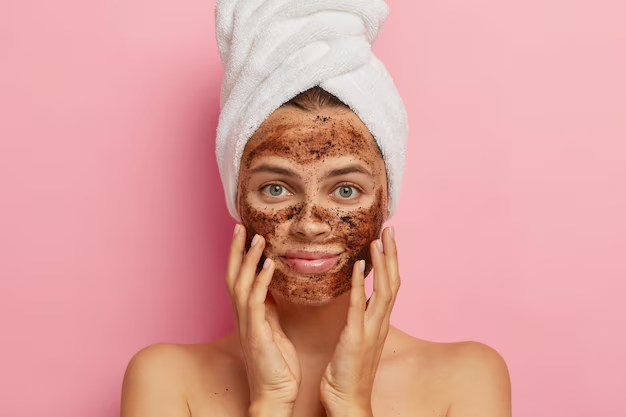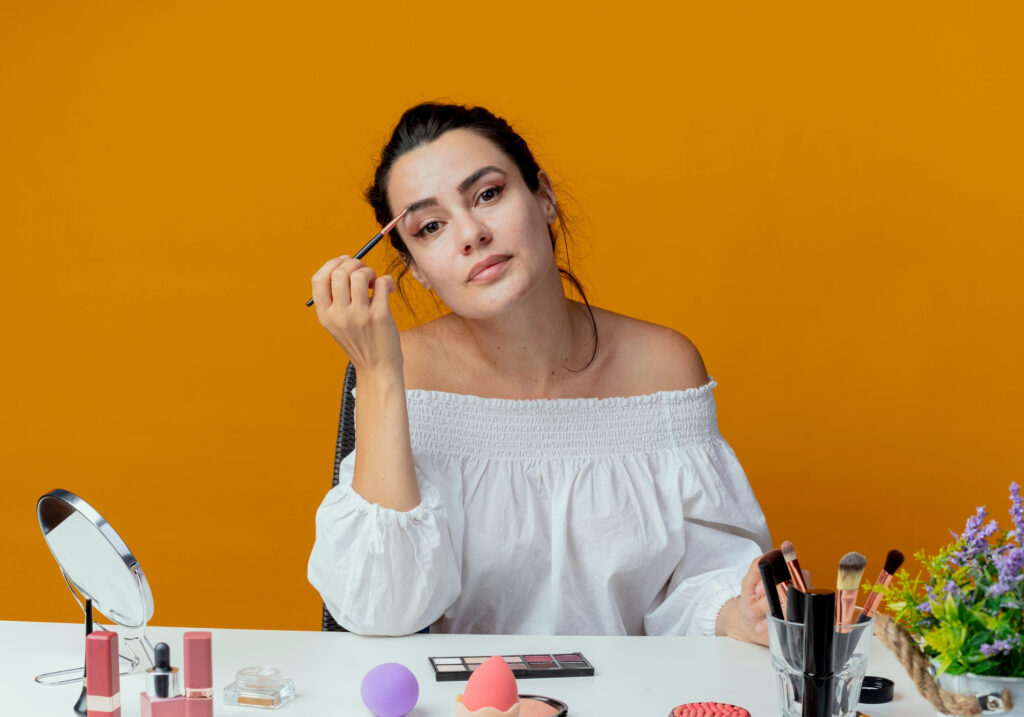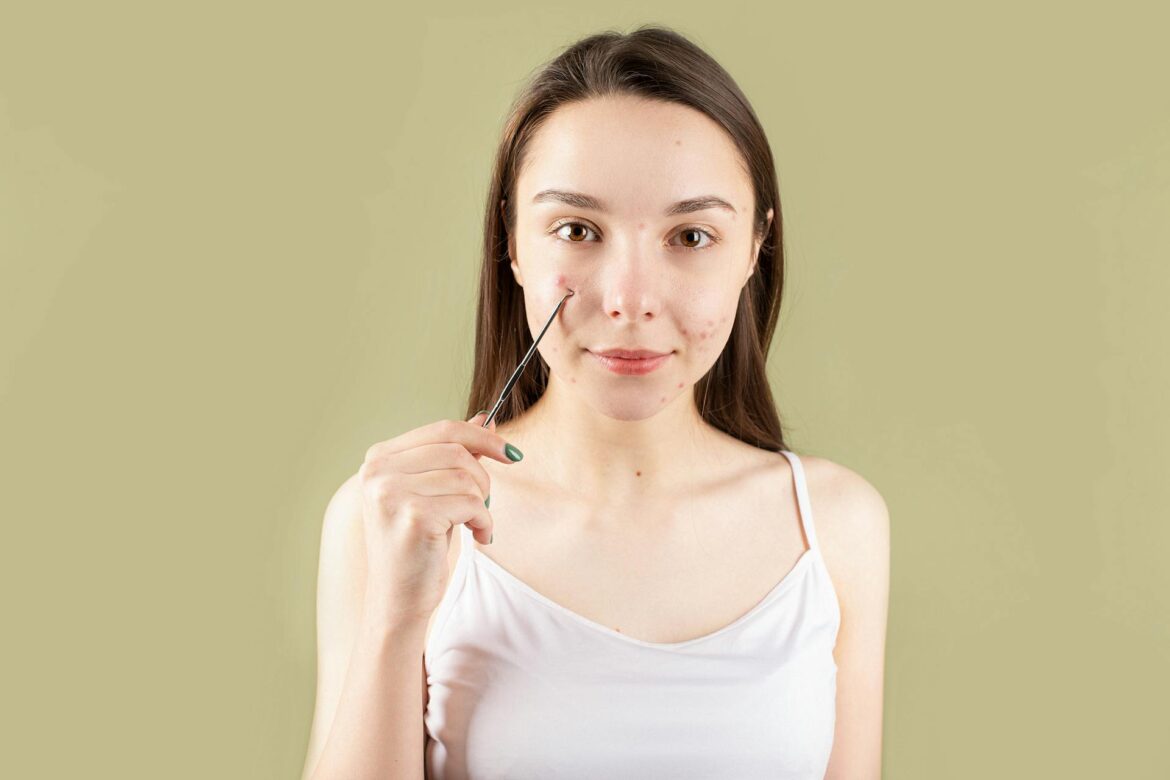Red pimples and acne – nobody likes them! They can be sore, itchy, and let’s face it, a bit embarrassing. But the good news is, there are ways to calm the redness and get your skin feeling calm and confident again. This guide is your one-stop shop for tackling those pesky red spots, leaving you with clearer, happier skin. This will help you to know: How to get rid of redness from pimples and acne?
Why Do Pimples Get Red? Understanding the Enemy
Before we dive into battling the redness, let’s understand why pimples get red in the first place. When a pore gets clogged with oil and dead skin cells, it creates the perfect breeding ground for bacteria. This bacteria sparks a party in your skin, causing inflammation. And guess what inflammation means? Yep, redness, swelling, and sometimes even pain.

The Calming Crusade: Gentle Ways to Soothe Redness
There are a multitude of ways to calm the fiery temper of a red pimple. Here are some gentle approaches you can try at home:
- Cleansing is King (or Queen!): Wash your face twice a day (morning and night) with a gentle, fragrance-free cleanser. Harsh products can irritate your skin and actually worsen the redness. Look for cleansers labelled “non-comedogenic,” which means they won’t clog your pores American Academy of Dermatology Association [invalid URL removed].
- The Power of Moisture: Dry skin can make redness seem worse. Use a lightweight, oil-free moisturiser to keep your skin hydrated without clogging pores. Look for ingredients like hyaluronic acid or glycerin, which attract and hold moisture in the skin.
- Spot Treatment SOS: For those extra angry pimples, a dab of spot treatment can work wonders. Look for a treatment containing ingredients like benzoyl peroxide or salicylic acid, which help kill bacteria and reduce inflammation. But be gentle! Overusing spot treatments can dry out your skin.
- The Cool Compress Cure: Sometimes, a simple cool compress can be a lifesaver. Wrap some ice cubes in a clean washcloth and hold it gently against the pimple for 5-10 minutes. The coolness helps reduce inflammation and soothe the redness.
Also Read: Stressed Skin? 8 Ways Your Skin Reacts to Stress and How to Help?
Nature’s Arsenal: Natural Remedies for Redness Relief
Mother Nature has some fantastic ingredients that can help calm red pimples. Here are a few natural remedies you can try:
- Honey Power: Honey has natural antibacterial and anti-inflammatory properties National Institutes of Health (.gov) [https://www.nih.gov/]. Apply a small dab of raw honey directly to the pimple and leave it on for 15-20 minutes before rinsing with warm water.
- Green Tea Goodness: Green tea isn’t just delicious, it’s also packed with antioxidants that can help reduce inflammation National Institutes of Health (.gov). Brew a cup of green tea, let it cool slightly, then soak a clean washcloth in it and apply it to the pimple for 10-15 minutes.
- Oatmeal Magic: Colloidal oatmeal is a finely ground oatmeal powder that can soothe irritated skin. Mix a small amount of colloidal oatmeal with water to form a paste, apply it to the pimple, and leave it on for 15-20 minutes before rinsing with warm water.

Lifestyle Tweaks for a Calmer Complexion
Sometimes, what you do (or don’t do) can impact the redness of your pimples. Here are some lifestyle tweaks that might help:
- Hands Off! Touching your face can transfer bacteria and irritate your skin. Try to keep your hands away from your face as much as possible, especially when your pimples are feeling angry.
- Stress Less, Glow More: Stress can worsen acne breakouts and make redness more noticeable. Find healthy ways to manage stress, such as exercise, yoga, or meditation Mayo Clinic [invalid URL removed].
- Diet Detective: While there’s no one-size-fits-all answer, some people find that certain foods can trigger breakouts and worsen redness. Pay attention to how your skin reacts to different foods and make adjustments if needed.
Advanced Strategies: Exfoliation and Masks for Stubborn Redness
For some particularly stubborn red pimples, you might need to step up your game a bit. Here are some advanced strategies to consider, but remember to be gentle and consult a dermatologist if your skin feels irritated:
- Exfoliation SOS: Exfoliation can help remove dead skin cells that can clog pores and contribute to redness. However, be careful! Over-exfoliation can irritate your skin and worsen the redness. Stick to gentle exfoliation 1-2 times a week using a product with finely ground particles. Look for exfoliators labelled “for sensitive skin” American Academy of Dermatology Association [https:/https://www.aad.org//www.aad.org/].

- Mask Magic: Clay masks can be a great way to draw out impurities and reduce inflammation. Look for masks formulated for acne-prone skin and containing ingredients like kaolin clay or bentonite clay. Apply a thin layer of the mask to clean, dry skin, following the instructions on the product. Don’t leave the mask on for too long, as this can dry out your skin.
Be Gentle: Important Reminders for Sensitive Skin
If you have sensitive skin, it’s even more crucial to be gentle with your approach. Here are some reminders:
- Patch Test is Your Best Friend: Before applying any new product to your entire face, do a patch test first. Apply a small amount of the product to your inner elbow and wait 24 hours. If there’s no redness, itching, or burning, it’s likely safe to use on your face.
- Less is More: When it comes to treating acne and redness, it’s tempting to go overboard with products. But resist the urge! Using too many products can irritate your skin and make things worse. Stick to a simple routine with gentle cleansers, moisturisers, and spot treatments.
- Moisturise, Moisturise, Moisturise: Even if your skin is oily, it still needs moisture. Using a lightweight, oil-free moisturiser helps keep your skin hydrated and prevents it from overproducing oil, which can clog pores and worsen redness.
Makeup Magic: Camouflaging Redness with Confidence
While you’re working on getting rid of redness, makeup can be a great way to camouflage it and boost your confidence. Here are some tips:

- Green is Your Friend: Green-tinted primers or concealers can help neutralise the redness of pimples. Apply a thin layer after your moisturiser and before your foundation.
- Less is More: When it comes to makeup, especially on blemishes, less is more. Apply concealer sparingly and blend it out well to avoid a cakey look.
- Don’t Pop!: It’s tempting to pop pimples to get rid of the redness, but resist the urge! Popping can worsen the inflammation, lead to scarring, and spread bacteria.
Remember: Makeup should enhance your natural beauty, not cover it up completely.
Be Kind to Yourself: A Positive Outlook Makes a Difference
Dealing with acne and redness can be frustrating, but it’s important to be kind to yourself. Here are some tips for a positive outlook:
- Focus on Progress, Not Perfection: Don’t expect overnight results. Celebrate the small improvements in your skin and focus on the progress you’re making.
- Love the Skin You’re In: Everyone gets pimples sometimes. It’s a normal part of life American Academy of Dermatology Association [invalid URL removed]. Focus on all the things you love about yourself, not just your skin.
- Seek Support: Talk to a friend, family member, or therapist if you’re feeling down about your skin. Talking about it can help you feel better and less alone.
Final Thoughts: Your Journey to Clearer, Calmer Skin
Getting rid of redness from pimples and acne takes time and dedication. But by following these tips, being patient with your skin, and consulting a dermatologist if needed, you can achieve a calmer, clearer complexion, and feel more confident in your beautiful skin. Remember, you’ve got this!
How to Get Rid of Redness from Pimples and Acne? FAQs
Redness and inflammation are common features of pimples and acne. This FAQ section explores solutions to calm the redness and promote healthy skin.
1. What causes redness in pimples and acne?
Pimple redness is caused by inflammation. When your pores become clogged with oil and dead skin cells, bacteria can grow, triggering an immune response. This response sends white blood cells to fight the bacteria, causing the area to become red, swollen, and tender.
2. What are some effective ways to reduce redness from pimples?
Here are some strategies to tame the redness:
- Gentle cleansing: Wash your face twice daily with a lukewarm, gentle cleanser. Harsh scrubbing can irritate the skin and worsen redness.
- Spot treatment: Apply a topical acne treatment containing benzoyl peroxide or salicylic acid to directly target pimples and reduce inflammation.
- Moisturizing: Don’t skip moisturizing! A lightweight, oil-free moisturizer helps maintain skin’s hydration barrier and prevents over-drying, which can worsen redness.
- Ice compress: Apply a wrapped ice pack to the affected area for short intervals (10-15 seconds) to reduce inflammation and soothe redness.
3. Are there any natural ingredients that can help reduce redness?
Several natural ingredients possess anti-inflammatory properties that can help:
- Aloe vera: Aloe vera gel has calming and soothing properties, reducing redness and irritation.
- Tea tree oil: Tea tree oil has antibacterial and anti-inflammatory effects. However, dilute it with a carrier oil like jojoba oil before applying it topically to avoid irritation.
- Green tea: Green tea contains anti-inflammatory compounds called catechins that can help soothe redness. You can use brewed green tea compresses or look for skincare products containing green tea extract.
4. What should I avoid to prevent further redness?
Here are some habits that can aggravate redness:
- Touching or picking: Picking at pimples can worsen inflammation and spread bacteria, leading to more redness.
- Harsh scrubs and cleansers: These can strip your skin of natural oils, making it more susceptible to irritation and redness.
- Alcohol-based products: Alcohol can dry out your skin and exacerbate redness. Opt for alcohol-free skincare products.
- Comedogenic products: Look for “non-comedogenic” or “oil-free” on skincare products to avoid clogging pores and promoting further breakouts and redness.
- Stress: Stress can worsen acne and inflammation. Practice relaxation techniques to manage stress levels.
5. How long does it typically take for redness from pimples to subside?
The timeframe depends on the severity of the pimple. Mild redness might subside within a day or two with proper care. More inflamed pimples might take several days or even a week to calm down completely.
6. What if the redness isn’t going away after several days?
If the redness persists for more than a week, worsens, or is accompanied by severe pain, it’s advisable to consult a dermatologist. They can diagnose the cause of your acne and recommend a personalized treatment plan to address the redness and underlying acne.
7. Can I wear makeup to cover the redness?
Makeup can temporarily camouflage redness from pimples. However, choose oil-free, non-comedogenic makeup to avoid clogging pores and worsening acne. Apply makeup gently after cleansing and moisturizing your face.
8. Are there any lifestyle changes that can help reduce redness from acne?
Absolutely! Here are some tips:
- Maintain a healthy diet: Limit processed foods, sugary drinks, and excessive dairy consumption. Opt for a balanced diet rich in fruits, vegetables, and whole grains to nourish your skin from within.
- Stay hydrated: Drink plenty of water throughout the day to keep your skin hydrated and supple, reducing the appearance of redness.
- Get enough sleep: Aim for 7-8 hours of quality sleep each night. Sleep allows your skin to repair and regenerate, promoting overall skin health.
9. Is it safe to pop pimples to get rid of the redness?
Absolutely not! Popping pimples can worsen inflammation, lead to scarring, and increase the risk of infection. It’s best to leave pimple extraction to a dermatologist for safe and effective removal.
10. What are some good habits to prevent future redness and breakouts?
- Consistent skincare routine: Cleanse, moisturize, and use sunscreen daily.
- Manage stress: Practice relaxation techniques to keep stress levels in check.
- Wash your face after sweating: Rinse sweat and dirt off your face after workouts or physical activities to prevent clogged pores.
- Change your pillowcase regularly: Wash your pillowcase weekly to remove dirt, oil, and bacteria that can contribute to breakouts and redness.
- Don’t share makeup or personal care products: Sharing these items can spread bacteria and worsen acne.
See a dermatologist: If you struggle with persistent acne or redness, a dermatologist can provide a personalized treatment plan for clear and healthy skin.
